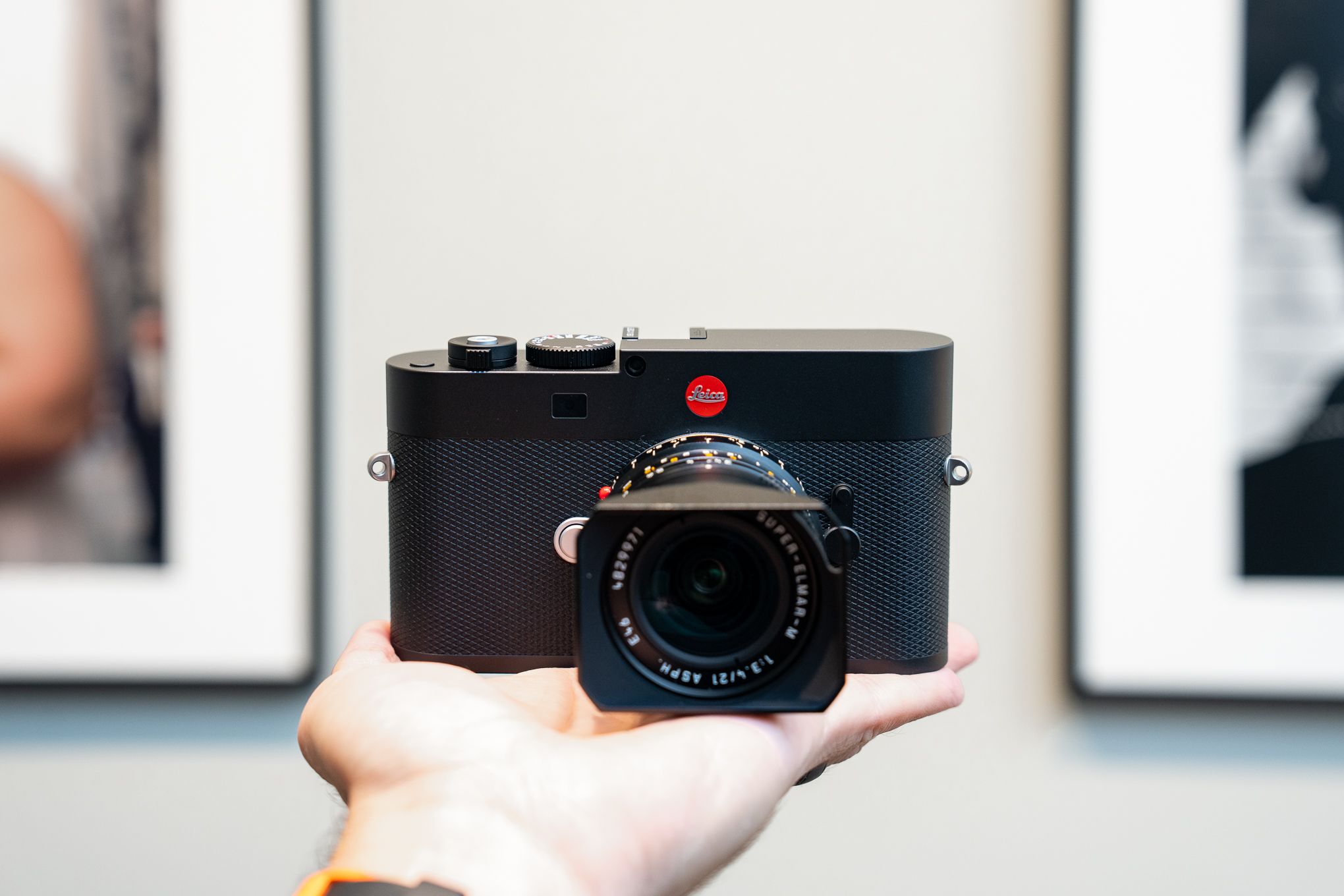Leica just broke with nearly 70 years of tradition. The legendary German camera maker unveiled its M EV1 today - the first M-mount camera that isn't actually a rangefinder. Instead of the iconic optical viewfinder that made Leica famous, the M EV1 packs a 5.76-million dot electronic viewfinder borrowed from mirrorless tech. At $8,995, it's testing whether Leica purists will embrace digital evolution over mechanical heritage.
Leica just shattered one of photography's most sacred traditions. The M EV1, launching today across European markets for €7,950 (US availability delayed pending FCC approval), marks the first time in the company's storied M-series history that an electronic viewfinder replaces the optical rangefinder that defined the brand. Based on 2023's M11-P platform, the M EV1 strips out the mechanical rangefinder system entirely, leaving a conspicuous blank space where the viewfinder window once lived. That stark omission speaks to a fundamental shift in how one of photography's most traditional brands views its future. The camera retains the same 60-megapixel full-frame sensor and processing power as its rangefinder sibling, but weighs 46 grams less without the optical mechanism - about the weight of a golf ball. Antonio G. Di Benedetto from The Verge got hands-on time with the M EV1 and describes it as "exactly what I was expecting from a long-rumored 'M EVF' camera - though not a modicum more." The transformation addresses long-standing limitations that frustrated M-series users. Traditional rangefinder cameras struggled with ultrawide lenses under 28mm and telephoto lenses over 90mm, often requiring external finders for accurate framing. The M EV1's electronic viewfinder eliminates these compromises, offering through-the-lens viewing regardless of focal length. Focus peaking and magnification aids - standard on modern mirrorless cameras - now come built-in rather than requiring workarounds on rear displays. The 60Hz EVF, while slower than the 120Hz unit in Leica's Q3, provides the live exposure preview that rangefinder purists never had access to. Leica borrowed the diamond-patterned leatherette from its Q-series cameras and cleverly repurposed the traditional preview lever into customizable function buttons for focus aids. But the company made curious design choices that feel half-hearted. The blank space where the rangefinder window lived remains starkly empty, creating what Di Benedetto calls a "jarring and frankly ugly" appearance. Even stranger, the rangefinder patch window stays in place, now housing an LED timer light - a vestigial remnant of the camera's optical heritage. The pricing strategy reveals caution around cannibalizing its core rangefinder business. At $8,995, the M EV1 costs just $845 less than the M11-P it's based on, despite removing the expensive mechanical rangefinder assembly. That narrow margin suggests the company wants to protect traditional M cameras rather than offer a significantly more affordable electronic alternative. Industry watchers see this as testing the waters before committing fully to electronic viewfinders across the M lineup. The premium camera market has increasingly moved toward mirrorless technology, with even medium format manufacturers abandoning optical systems. But customers represent some of photography's most tradition-minded buyers, many of whom view rangefinders as irreplaceable tools for street photography and documentary work. The M EV1's reception will likely determine whether future M cameras embrace electronic viewfinders or remain committed to optical rangefinder technology that dates back to the 1950s.

